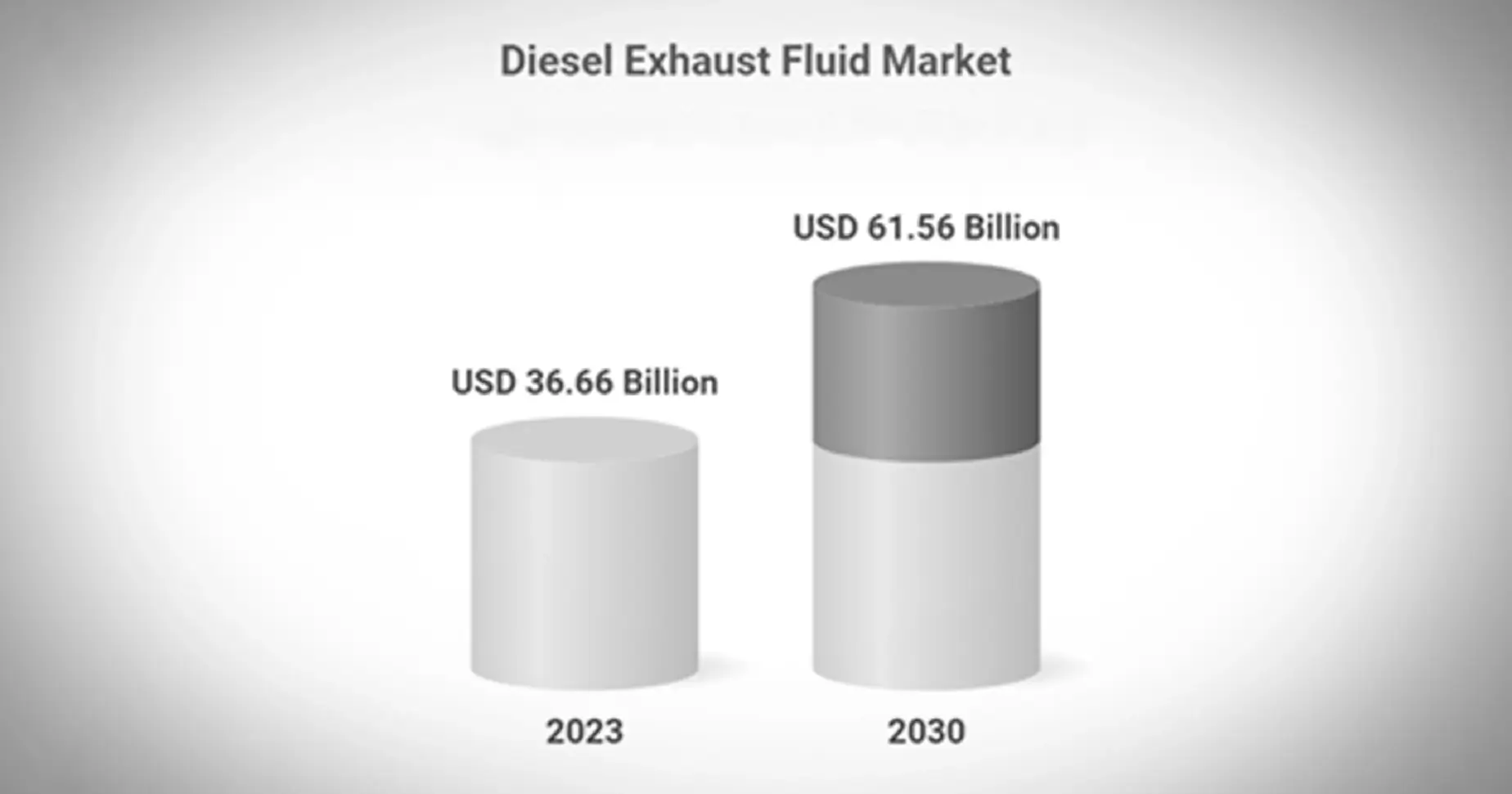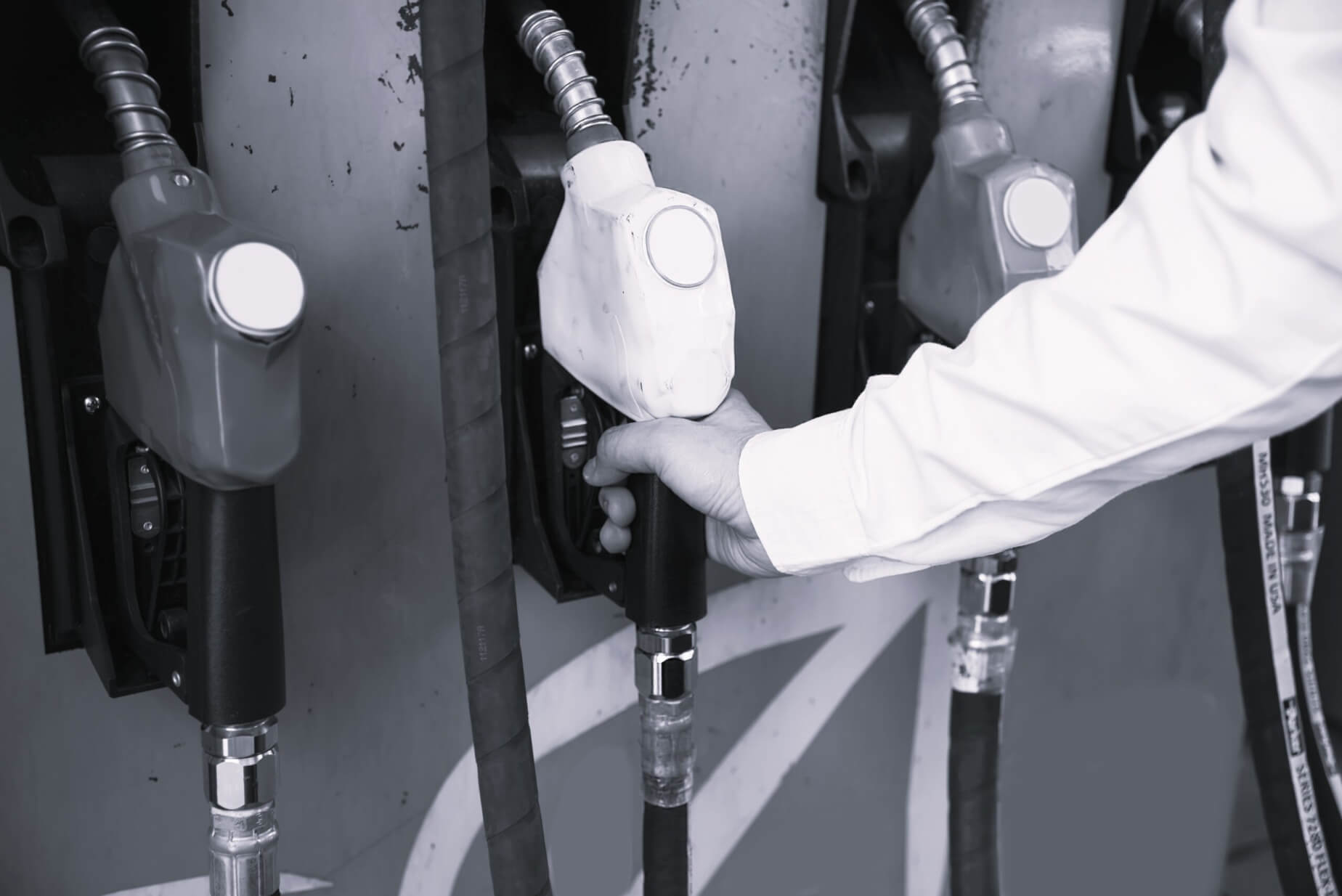Mobile Fleet Maintenance: Know How To Ensure Your Fleet Is Always Ready To Go
Maintaining a good running condition of your mobile fleet not only saves you the cost that would come with faulty vehicles, but also ensures the longevity and efficiency that you’re looking for in long-term gains for your company.
Neglecting fleet maintenance can lead to a loss in competitive edge over other fleets, ultimately affecting your revenue and budget in a negative manner.
Whether you’re in the transportation, logistics, or service industry, understanding the importance of mobile fleet maintenance is the first step toward achieving consistent, high-quality fleet performance.
There are some key strategies and practices that can help you maintain your vehicles, minimize downtime, control costs, and ultimately keep your fleet in prime condition, that you might be interested in knowing. So, let’s dive in.

What Is Mobile Fleet Maintenance?
Mobile fleet maintenance, often referred to as mobile fleet service, is a crucial aspect of managing and maintaining a fleet of vehicles.
This practice is particularly important for businesses and organizations that rely on a fleet of vehicles to carry out their operations, such as transportation companies, delivery services, construction companies, and government agencies.
The management and maintenance of these mobile fleets are critical for ensuring that the vehicles are in good working condition, operate efficiently, and meet safety and regulatory standards.
Vehicle fleet maintenance involves tasks like scheduling maintenance, monitoring vehicle health, optimizing routes, and ensuring compliance with various regulations.

Advantages of Mobile Fleet Maintenance
Traditionally, fleet maintenance involved scheduled visits to maintenance garages, where vehicles underwent routine inspections and repairs. This method came with several challenges including increased downtime, higher overall maintenance costs, and reduced efficiency of your fleet.
Recognizing the limitations of traditional fleet maintenance, businesses have increasingly turned to mobile fleet maintenance as a modern solution.
Here is a closer look at the advantages provided by mobile fleet maintenance and how they turn out to meet the demands of today’s business landscape.
1. Reduced Downtime
Prolonged fleet downtime disrupts the flow of business operations, causing delays in deliveries, services, and project timelines.
Mobile fleet maintenance can help you overcome all these negative effects by providing onsite repairs, reducing the time and money needed to transport your vehicle from one place to another.
The result is improved service delivery, satisfied customers, and an increase in the overall productivity of your organization.
2. Efficient Maintenance
Traditional maintenance methods reduce the efficiency of your business by having centralized locations for maintenance services, increasing downtime, and lacking proactive methods that keep your vehicle in check.
In contrast to traditional maintenance methods, mobile fleet service paves the way for efficient business operations. Real-time monitoring results in quick response to identified issues and reduces risks of breakdowns, while avoiding costly repairs.
Mobile fleet service can also be scheduled during non-peak hours, ensuring that vehicles are available when needed for daily operations.
3. Reduced Labor Costs
Traditional maintenance facilities employ mechanics and technicians who are responsible for performing routine inspections, maintenance, and repairs on the fleet vehicles. These skilled professionals are paid based on hourly wages or salaries.
Mobile fleet maintenance can result in potential labor cost savings by eliminating the need for in-house maintenance personnel and the costs associated with vehicle transport.
4. Performs Repair Anywhere (Flexibility)
Imagine your delivery truck driving on a highway, in a remote countryside, and suddenly sputters to a grinding halt. In a situation where there is no maintenance workshop in sight, who’s your first call for rescue?
Fleet maintenance companies are probably your best bet in such a situation, where they slide in as a superhero in a red cape (more likely in a red truck), providing service whenever, wherever, irrespective of the location and time.
They bring repair services to where the need is, allowing vehicles to be back in operation as swiftly as possible, regardless of how remote the location may be.
5. Improved Driver Safety
When drivers operate vehicles that are not in top condition, they face a range of significant risks. Besides safety hazards, a malfunctioning vehicle can break down at any time and in any location, disrupting a driver’s schedule and operations.
Mobile fleet maintenance significantly reduces the risks associated with malfunctioning vehicles by providing proactive and efficient maintenance services.
6. Reduced Equipment Costs
Addressing minor issues promptly through efficient maintenance prevents them from escalating into major, costlier problems. For instance, fixing a small oil leak can prevent engine damage and the need for a costly replacement.
Let’s consider a hypothetical fleet of delivery trucks with a lifespan of 10 years. If annual maintenance per vehicle costs about $3,000, the total cost for the fleet over 10 years will amount to $30,000. Compare this to a replacement after 5 years, with $50,000 per vehicle, $15,000 for a major repair or replacement, and the total cost for 10 years summing up to $130,000.
You could have potentially saved up to $100,000 over your fleet, if you had just opted for mobile fleet service, instead of waiting for your vehicle to break down to replace them and their parts all over again.
7. Data-Driven Decisions
Vehicle fleet maintenance tools utilize sensors, on-board diagnostics (OBD), and connected systems to gather real-time data on vehicle health, such as the engine, transmission, brakes, and electrical systems, detecting any irregularities or faults.
Data collected by mobile fleet maintenance tools empowers fleet managers to make strategic decisions about route optimization, vehicle assignments, and overall fleet management.

How To Effectively Keep Your Fleet On The Road
1. Decide who’s in charge.
A dedicated fleet manager is a common choice, responsible for overall fleet operations, including maintenance. Some managers outsource fleet servicing to other fleet maintenance companies or third-party providers with specialized expertise.
The key is to have someone who can coordinate maintenance activities, and ensure compliance with safety and environmental regulations.
2. Develop a maintenance schedule.
Create a schedule for routine tasks, such as oil changes, tire rotations, and filter replacements. Include preventive maintenance tasks that address potential issues before they become major problems.
This might involve inspections, component replacements, and system checks. You can also consider using fleet management software or maintenance management systems to automate scheduling and track maintenance history.
3. Create a maintenance checklist.
A maintenance checklist is a tool that ensures all necessary tasks are performed during each maintenance event.
Here’s a checklist you can consider before your vehicle’s next maintenance appointment:
- Review previous maintenance records and costs to track the vehicle’s history and identify any recurring issues.
- Check engine oil level and quality.
- Review the schedule for engine oil changes and perform them as needed.
- Inspect and replace engine air filters regularly.
- Inspect the fuel tank, lines, and connectors for leaks or damage.
- Consider using fuel delivery services for convenient and efficient fueling
- Check brake pads and rotors for wear.
- Inspect the brake lines for leaks or damage.
- Ensure the emergency brake is operational.
- Check tire pressure and adjust as needed.
- Inspect tire tread depth and condition.
- Examine wheel rims for damage.
- Inspect headlights, tail lights, turn signals, and hazard lights.
- Verify the functioning of interior lights, including dash lights.
- Check transmission fluid level and quality.
- Follow the recommended schedule for transmission fluid changes.
- Inspect the radiator, hoses, and water pump for leaks and damage.
- Ensure the cooling system maintains the correct temperature.
- Check power steering fluid levels and quality.
- Inspect suspension components for wear or damage.
- Clean and inspect windows and the windshield for cracks or damage.
- Verify the condition of windshield wipers and replace them as needed.
- Test the air conditioning system and fans for proper operation.
- Inspect the exhaust system for leaks or damage.
- Check for unusual noises or vibrations.
- Examine the vehicle’s frame and undercarriage for rust or structural damage
- Test the horn for proper sound and functioning.
- Ensure dash cams and collision avoidance systems are operational.
- Check the vehicle’s body for dents, scratches, or damage.
- Inspect decals and branding for visibility and wear.
- Test any auxiliary systems, such as lift gates or hydraulic systems, for proper operation.
- Inspect the ignition system and verify that the vehicle starts without issues.
- Examine electrical lines, connectors, and plugins for damage or wear.
4. Use technology to streamline tasks and identify trends.
With the use of telematics and GPS systems, you can track vehicle location, monitor driving behavior, and optimize routes. These systems also provide real-time data on vehicle performance, helping you identify trends and issues.
Maintenance management software proves especially useful in scheduling, record keeping, and task assignment. This software can automate maintenance alerts, generate work orders, and track expenses.
By using technology to streamline tasks and identify trends, you can enhance the efficiency and effectiveness of your fleet maintenance program.
5. Analyze maintenance metrics and records regularly.
Set a schedule for reviewing maintenance records and performance metrics. This can be done monthly, quarterly, or annually, depending on the size of your fleet.
Look for trends that indicate areas for improvement by examining key performances such as vehicle uptime, maintenance costs, fuel efficiency, and safety records. This will help you analyze maintenance and repair costs over time and identify any cost spikes or issues that may require attention.
Need a Reliable Fuel Source To Keep Your Fleet Running?
Fuel Logic’s Fleet Fueling service is here to provide your fleet with the fuel it needs, when and where you need it, without the hassle and downtime of traditional refueling.
Our on-site fuel delivery service ensures that your fleet vehicles are refueled right at your location, reducing downtime and allowing your vehicles to remain operational, thereby supporting your mobile fleet maintenance efforts.
For off-road equipment and vehicles, we offer specialized off-road diesel delivery. This service caters to the unique fueling needs of construction, agriculture, and other off-road applications.
Fuel Logic operates in multiple locations, ensuring nationwide coverage and accessibility for your fleet’s fueling needs.
Contact Fuel Logic today to discuss your requirements, schedule deliveries, and learn more about our services. Reach out to us via our Online Order Form, where our dedicated team is ready to assist you.
Discover the convenience and reliability of Fuel Logic, focus on maintaining your fleet, serving your customers, and leave the fueling to us.





